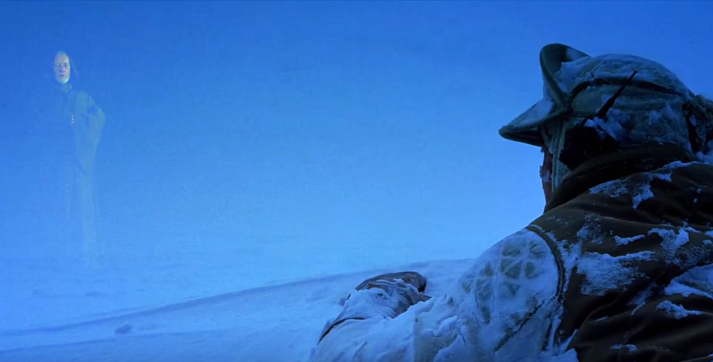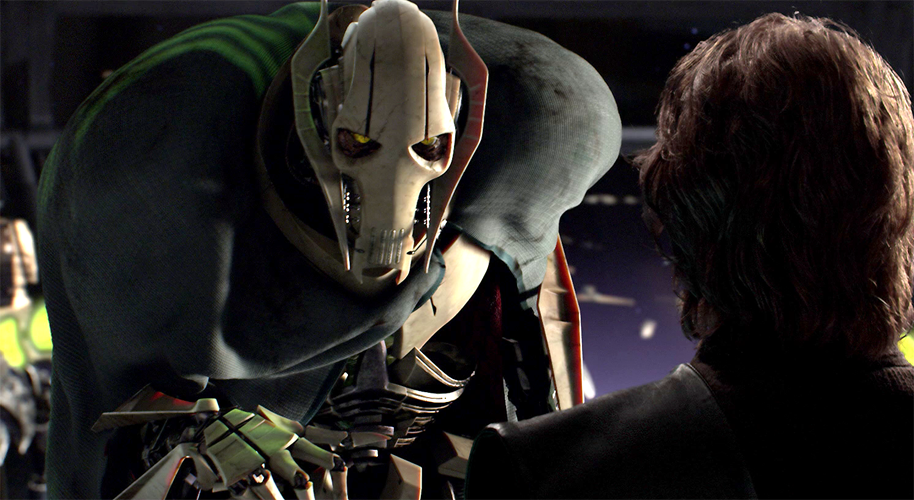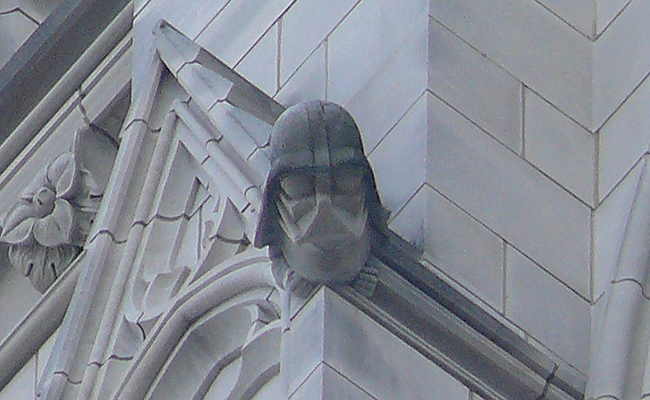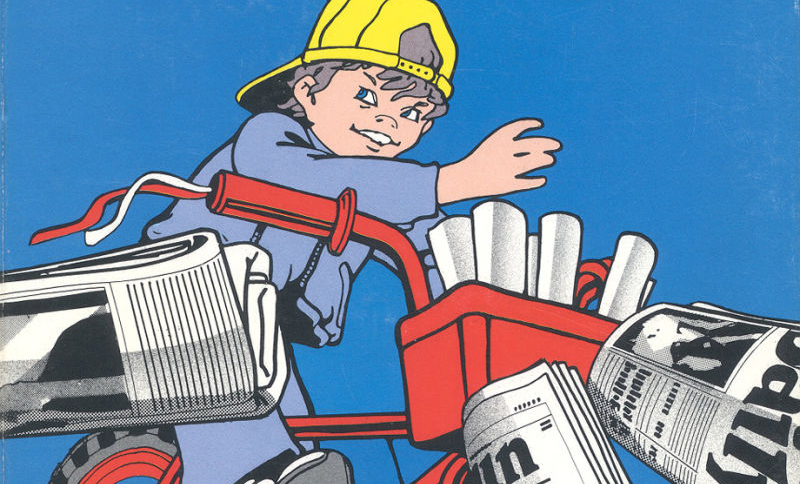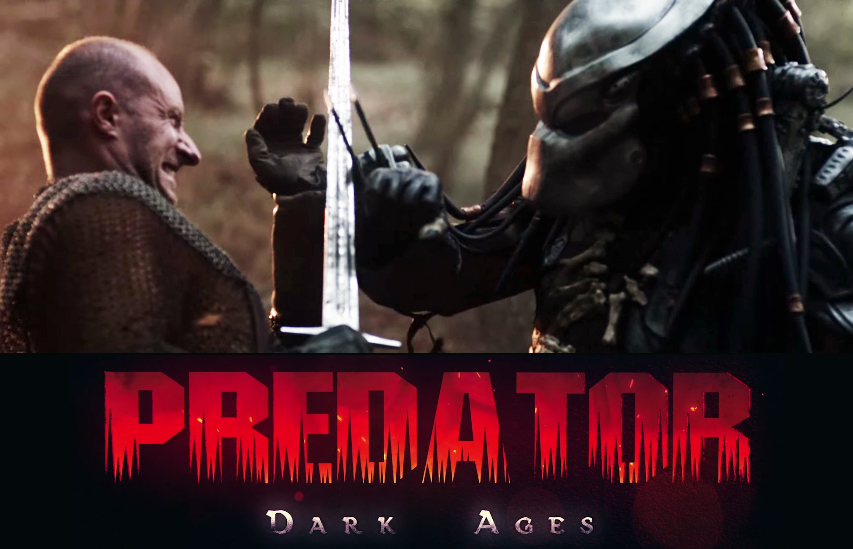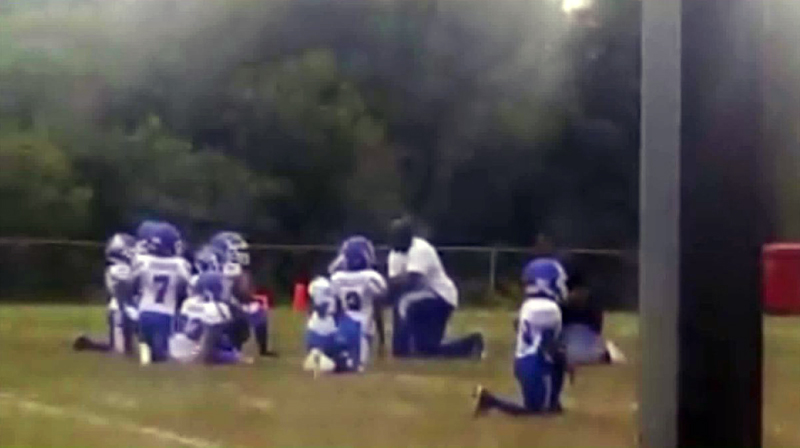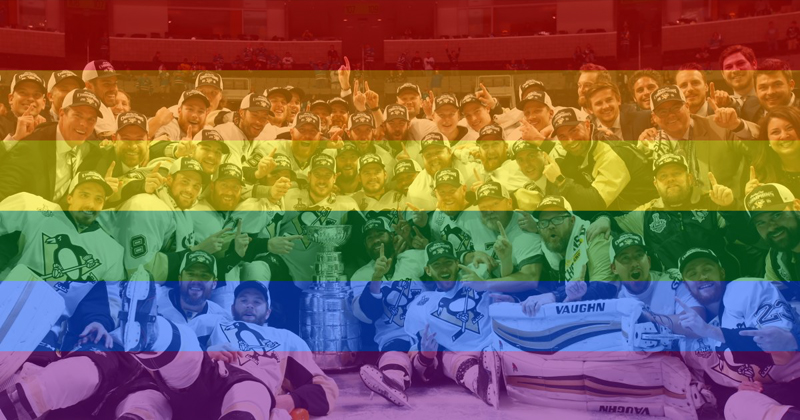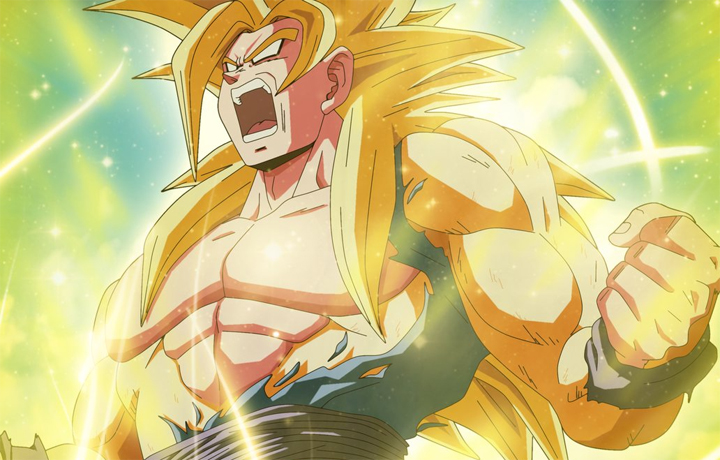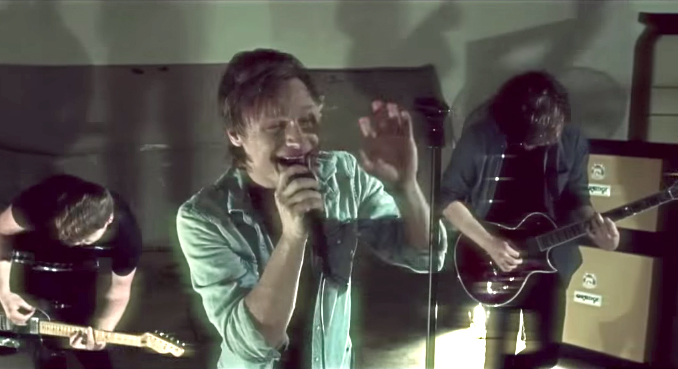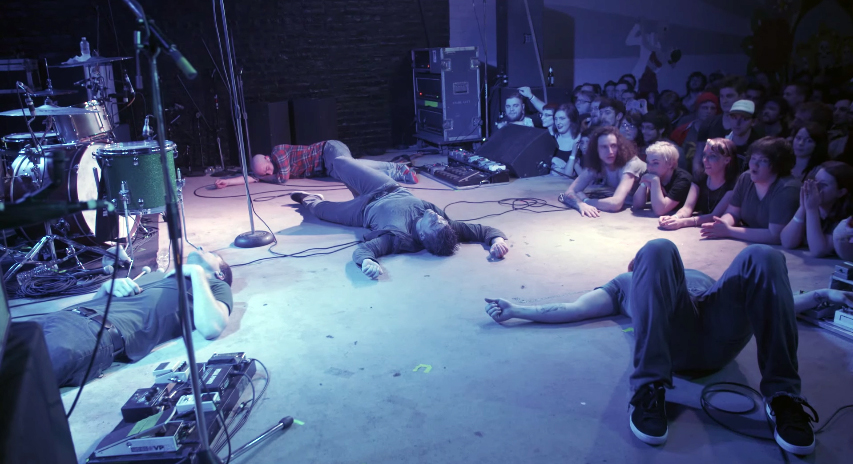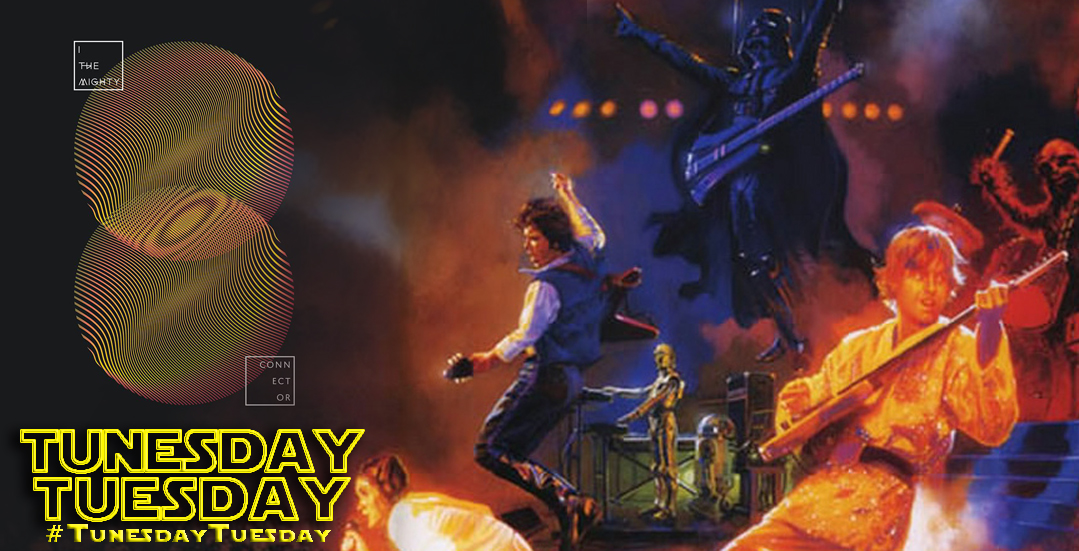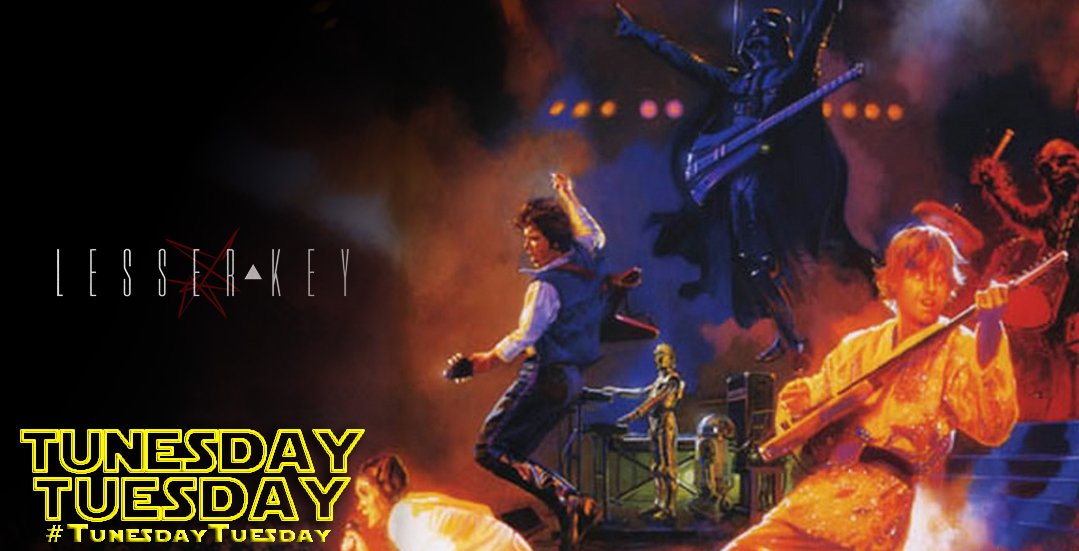The PR battle for the fans seems to be raging right now. The NHL has proposed a 50/50 deal with the NHLPA. Fehr’s initial response was typical in that he wanted to take time with it, read it thoroughly, and reexamine everything else still on the table. You can probably bet, a counter proposal will be made, with the NHLPA picking out portions of all tabled possibilities, a la carte style. With Fehr stating this in a televised conference, the NHL’s response (since they can’t speak to the media) was releasing the proposal to the public. This is probably the first time the fans can actually make an educated decision on who they side with, assuming they understand what they’re reading.
That all being said, here is the release via NHL.com:
The National Hockey League issued the following release Wednesday: Following is the full text of the NHL’s offer for a new Collective Bargaining Agreement in order to preserve a full, 82-game season that the National Hockey League presented Tuesday to the NHL Players’ Association (along with the accompanying commentary and descriptions also provided to the NHLPA). While the original intention was not to release the details of the offer publicly, not surprisingly there have been widespread reports attempting to describe and characterize the terms of the offer that understandably are incomplete. As a result, we believe that full public disclosure at this stage is both necessary and appropriate. 1. Term: • Six-year Agreement with mutual option for a seventh year. 2. HRR Accounting: • Current HRR Accounting subject to mutual clarification of existing interpretations and settlements. 3. Applicable Players’ Share: • For each of the six (6) years of the CBA (and any additional one-year option) the Players’ Share shall be Fifty (50) percent of Actual HRR. 4. Payroll Range: • Payroll Range will be computed using existing methodology. For the 2012/13 season, the Payroll Range will be computed assuming HRR will remain flat year-over-year (2011/12 to 2012/13) at $3.303 Billion (assuming Preliminary Benefits of $95 Million). • 2012/13 Payroll Range • Appropriate “Transition Rules” to allow Clubs to exceed Upper Limit for the 2012/13 season only (but in no event will Club’s Averaged Club Salary be permitted to exceed the pre-CBA Upper Limit of $70.2 Million). 5. Cap Accounting: • Payroll Lower Limit must be satisfied without performance bonuses. • All years of existing SPCs with terms in excess of five (5) years will be accounted for and charged against a team’s Cap (at full AAV) regardless of whether or where the Player is playing. In the event any such contract is traded during its term, the related Cap charge will travel with the Player, but only for the year(s) in which the Player remains active and is being paid under his NHL SPC. If, at some subsequent point in time the Player retires or ceases to play and/or receive pay under his NHL SPC, the Cap charge will automatically revert (at full AAV) to the Club that initially entered into the contract for the balance of its term. • Money paid to Players on NHL SPCs (one-ways and two-ways) in another professional league will not be counted against the Players’ Share, but all dollars paid in excess of $105,000 will be counted against the NHL Club’s Averaged Club Salary for the period during which such Player is being paid under his SPC while playing in another professional league. • In the context of Player Trades, participating Clubs will be permitted to allocate Cap charges and related salary payment obligations between them, subject to specified parameters. Specifically, Clubs may agree to retain, for each of the remaining years of the Player’s SPC, no more than the lesser of: (i) $3 million of a particular SPC’s Cap charge or (ii) 50 percent of the SPC’s AAV (“Retained Salary Transaction”). In any Retained Salary Transaction, salary obligations as between Clubs would be allocated on the same percentage basis as Cap charges are being allocated. So, for instance, if an assigning Club agrees to retain 30% of an SPC’s Cap charge over the balance of its term, it will also retain an obligation to reimburse the acquiring Club 30% of the Player’s contractual compensation in each of the remaining years of the contract. A Club may not have more than two (2) contracts as to which Cap charges have been allocated between Clubs in a Player Trade, and no more than $5 million in allocated Cap charges in the aggregate in any one season. 6. System Changes: • Entry Level System commitment will be limited to two (2) years (covering two full seasons) for all Players who sign their first SPC between the ages of 18 and 24 (i.e., where the first year of the SPC only covers a partial season, SPC must be for three (3) years). • Maintenance of existing Salary Arbitration System subject to: (i) total mutuality of rights with regard to election as between Player and Club, and (ii) eligibility for election moved to five years of professional experience (from the current four years). • Group 3 UFA eligibility for Players who are 28 or who have eight (8) Accrued Seasons (continues to allow for early UFA eligibility — age 26). • Maximum contract length of five (5) years. • Limit on year-to-year salary variability on multi-year SPCs — i.e., maximum increase or decrease in total compensation (salary and bonuses) year-over-year limited to 5% of the value of the first year of the contract. (For example, if a Player earns $10 million in total compensation in Year 1 of his SPC, his compensation (salary and bonuses) cannot increase or decrease by more than $500,000 in any subsequent year of his SPC.) • Re-Entry waivers will be eliminated, consistent with the Cap Accounting proposal relating to the treatment of Players on NHL SPCs playing in another professional league. • NHL Clubs who draft European Players obtain four (4) years of exclusive negotiating rights following selection in the Draft. If the four-year period expires, Player will be eligible to enter the League as a Free Agent and will not be subject to re-entering the Draft. 7. Revenue Sharing: • NHL commits to Revenue Sharing Pool of $200 million for 2012/13 season (based on assumption of $3.303 Billion in actual HRR). Amount will be adjusted upward or downward in proportion to Actual HRR results for 2012/13. Revenue Sharing Pools in future years will be calculated proportionately. • At least one-half of the total Revenue Sharing Pool (50%) will be raised from the Top 10 Revenue Grossing Clubs in a manner to be determined by the NHL. • The distribution of the Revenue Sharing Pool will be determined on an annual basis by a Revenue Sharing Committee on which the NHLPA will have representation and input. • For each of the first two years of the CBA, no Club will receive less in total Revenue Sharing than it received in 2011/12. • Current “Disqualification” criteria in CBA (for Clubs in Top Half of League revenues and Clubs in large media markets) will be removed. • Existing performance and “reduction” standards and provisions relating to “non-performers” (i.e., CBA 49.3(d)(i) and 49.3(d)(ii)) will be eliminated and will be adjusted as per the NHL’s 7/31 Proposal. 8. Supplemental and Commissioner Discipline: • Introduction of additional procedural safeguards, including ultimate appeal right to a “neutral” third-party arbitrator with a “clearly erroneous” standard of review. 9. No “Rollback”: • The NHL is not proposing that current SPCs be reduced, re-written or rolled back. Instead, the NHL’s proposal retains all current Players’ SPCs at their current face value for the duration of their terms, subject to the operation of the escrow mechanism in the same manner as it worked under the expired CBA. 10. Players’ Share “Make Whole” Provision: • The League proposes to make Players “whole” for the absolute reduction in Players’ Share dollars (when compared to 2011/12) that is attributable to the economic terms of the new CBA (the “Share Reduction”). Using an assumed year-over-year growth rate of 5% for League-wide revenues, the new CBA could result in shortfalls from the current level of Players’ Share dollars ($1.883 Billion in 2011/12) of up to $149 million in Year 1 and up to $62 million in Year 2, for which Players will be “made whole.” (By Year 3 of the new CBA, Players’ Share dollars should exceed the current level ($1.883 Billion for 2011/12) and no “make whole” will be required.) Any such “shortfalls” in Years 1 and 2 of the new CBA will be computed as a percentage reduction off of the Player’s stated contractual compensation, and will be repaid to the Player as a Deferred Compensation benefit spread over the remaining future years of the Player’s SPC (or if he has no remaining years, in the year following the expiration of his SPC). Player reimbursement for the Share Reduction will be accrued and paid for by the League, and will be chargeable against Players’ Share amounts in future years as Preliminary Benefits. The objective would be to honor all existing SPCs by restoring their “value” on the basis of the now existing level of Players’ Share dollars. |


